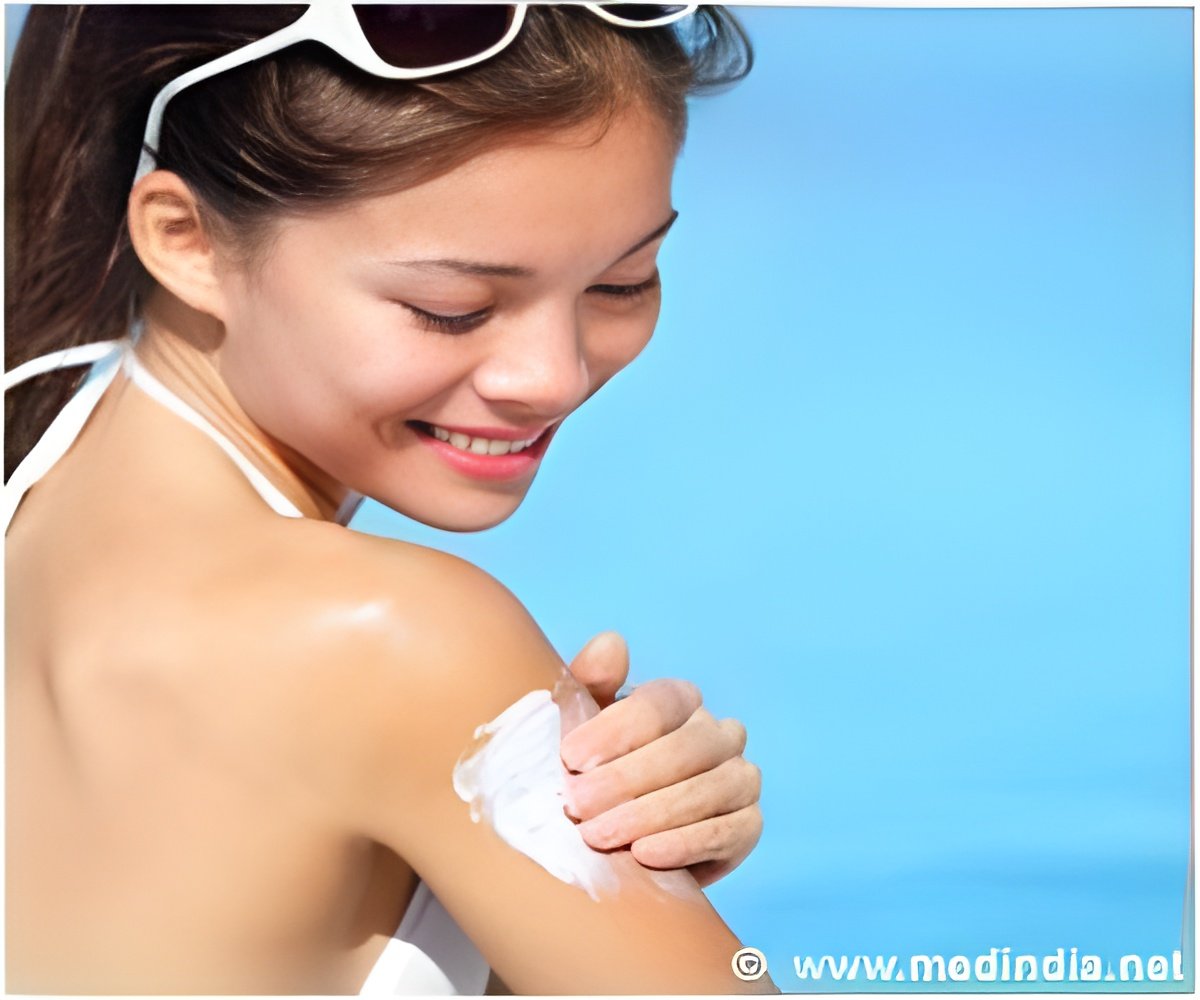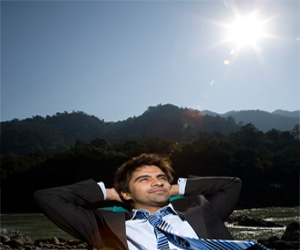As the summer approaches, the skin must be protected with a broad-spectrum sunscreen, which provides protection from both UV-A and UV-B rays of the sun.

‘Apply sunscreen while swimming, holidaying by the sea or in the hills as reflective surfaces, like water and snow actually increase the effects of UV rays.’





Of these, UV-C rays are almost completely absorbed by the ozone layer and do not affect the skin. UV-B affects the outer layer of skin and is mainly responsible for sunburns. It is the most intense between 10 a.m. and 2 p.m. when the sunlight is brightest. UV-A rays were once thought to have a minor effect on skin damage. But now, studies show that UV-A is a major contributor to skin damage and signs of premature ageing. Sun exposure can also cause loss of moisture from the skin. However, most sunscreens have built-in moisturisers. So, it is not necessary to apply both moisturiser and sunscreen, unless the skin is very dry.
So what is the remedy? At the moment, physical protection is the answer. This can be done by applying a broad-spectrum sunscreen. A sunscreen is a product which forms a protective cover between the skin and the sun's rays, while a broad-spectrum sunscreen is one which provides protection from both UV-A and UV-B rays of the sun.
It is essential to apply sunscreen, not only on the face, but also on all exposed areas. The back of the neck and arms are extremely vulnerable to sun damage too. The sunscreen should be applied about 20 minutes before sun exposure. If you happen to be in the sun for more than an hour, you should reapply the sunscreen.
A sunscreen with SPF 15-20 is adequate for most skins. But if the skin is more sensitive and tends to burn easily, one should use a sunscreen with a higher SPF of 30-40. Avoid rubbing the sunscreen into the skin. It is better to pat it on. Also remember to apply sunscreen while swimming, holidaying by the sea or in the hills. Reflective surfaces, like water and snow actually increase the effects of UV rays.
Advertisement
Source-IANS















